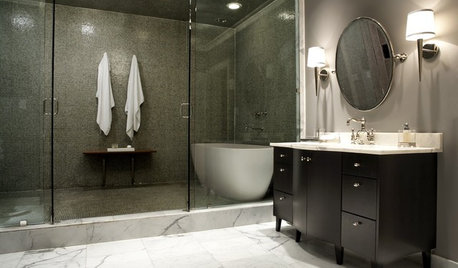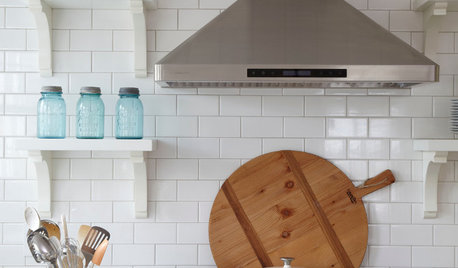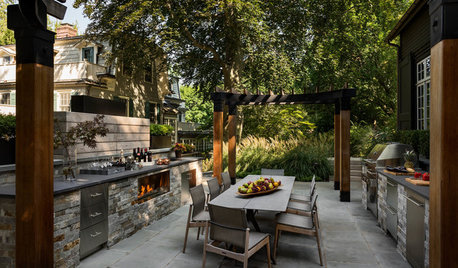GE II Silicone vs. Thinset for outdoor application
jenel
14 years ago
Related Stories

REMODELING GUIDESContractor Tips: How to Install Tile
Before you pick up a single tile, pull from these tips for expert results
Full Story
HOME TECHHome Automation Goes Mainstream and Mobile
Why Apple, Microsoft and Google will lead the way to a cheaper and simpler future for the remote-controlled home
Full Story
BATHROOM DESIGNHow to Choose Tile for a Steam Shower
In steamy quarters, tile needs to stand up to all that water and vapor in style. Here's how to get it right the first time
Full Story
TILEHow to Choose the Right Tile Layout
Brick, stacked, mosaic and more — get to know the most popular tile layouts and see which one is best for your room
Full Story
BATHROOM DESIGNWarm Up Your Bathroom With Heated Floors
If your bathroom floor is leaving you cold, try warming up to an electric heating system
Full Story
LANDSCAPE DESIGNHow to Hire a Landscape Architect
Find the best fit for your landscaping project with this guide to evaluating and selecting a pro
Full Story





silvamae
nicethyme
Related Professionals
Chantilly Glass & Shower Door Dealers · Baker Window Contractors · Greatwood Window Contractors · Greenwich Window Contractors · Snoqualmie Window Contractors · Jacinto City Interior Designers & Decorators · Appleton Interior Designers & Decorators · Washington Interior Designers & Decorators · Fort Collins Custom Closet Designers · Lilburn Custom Closet Designers · Norwalk Window Contractors · Arroyo Grande Window Contractors · Compton Window Contractors · North Hollywood Window Contractors · San Ramon Window Contractorstexaswild
jenelOriginal Author
texaswild
african
texaswild
flagtruck